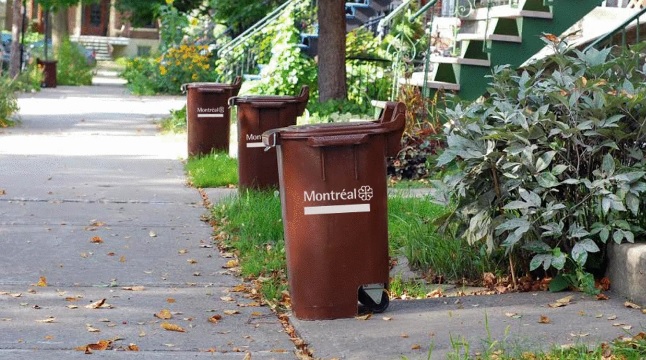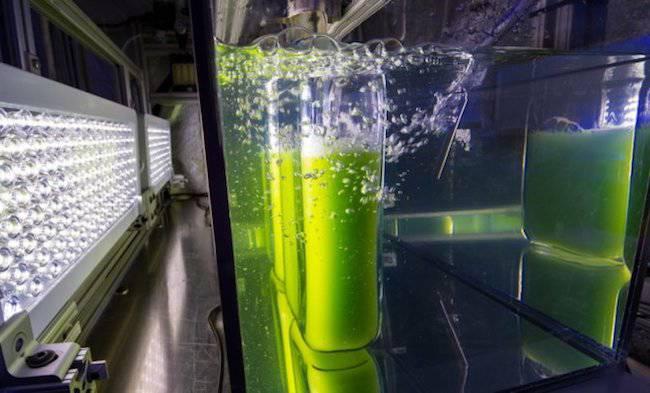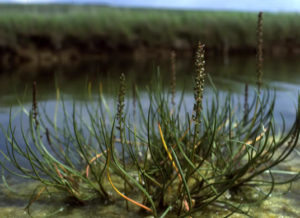In its objective to achieve net-zero carbon emissions by 2050, the airline industry is all-in on SAF; a short-mid solution described as a game changer. Experts believe that SAF could reduce CO2 emissions by up to 80% in the future. Moreover, IATA estimates that SAF could contribute — alone — to 62% of the reduction in emissions needed to reach net-zero carbon emissions.
Often referred as “renewable aviation fuel”, “renewable jet fuel”, “alternative fuel”, “biojet fuel”, and “sustainable alternative fuel”, SAF stands for “sustainable aviation fuel”. This is a broader term than biofuel since “biofuels” generally refers to fuels produced from biological resources such as plants or animal material. However, current technology allows fuel to be produced from other alternative sources, including non-biological resources.

1. How it's made?
SAF and jet fuel (kerosene) share similar chemistry. In fact, SAF is made by blending conventional kerosene with renewable hydrocarbon. They are certified as “Jet-A1” fuel and can be used without any technical modifications to aircraft and airport infrastructures.
SAF is produced from sustainable feedstocks. The principal feedstocks used by the industry are (1) municipal solid waste (paper, textiles, and food scraps), (2) algae, (3) cellulosic waste, (4) used cooking oil, (5) various types of plants such as calemina, jatropha and hypholyte, and (6) non-biological alternative fuels.
Municipal solid waste
Municipal solid waste basically includes all that comes from households and businesses and we put to trash, such as product packaging, grass clippings, furniture, clothing, bottles, food scraps and newspapers.
The principal advantage of this feedstock is its large supply. Through refinery processes, we could use all that waste to create jet fuel instead of dumping waste in a landfill site, giving an ultimate purpose to our trash and junk. Who knows perhaps landfill sites will be the gold mines of the future.

Algae
Algae are awesome. Experts are super thrilled with them due to their versality to produce SAF.
First, algae can grow everywhere: (i) fresh, clean, polluted or salt water, (ii) deserts and other harsh places on the planet, or (iii) controlled places to maximize production such as high-tech labs. Second, they love carbon dioxide making them suitable for carbon sequestration (absorbing carbon dioxide) from sources like power plants. Third, they grow extremely fast; thus providing quasi-infinite volume of algae to produce fuel. For example, experts believe that algae produces up to 15 X more oil per square kilometre than other biofuel crops.
We expect new technologies to allow broader application of this feedstock in the future.

Cellulosic waste
By cellulosic waste, we mean wood, agricultural, and forestry residues. Chemists produce synthetic fuel from these residues via the Fischer-Tropsch process, a gas to liquid (GTL) polymerization technique that turns a carbon source into hydrocarbons chains.
They also convert cellulosic waste into renewable isobutanol and into jet fuel through the “alcohol-to-jet” (AtJ) process. We expect significant technological advancements respecting this feedstock in the upcoming years.

Used cooking oil
Yes. We found a way to use old cooking oil derived from plant or animal fat that was used by your favourite fast food chain to produce jet fuel.
Any oil has hydrocarbons which consist of complex building molecules. We take those atoms, and then refine them to mimic the chemistry of a jet fuel. The conversion rate is remarkable: 1 gallon of recycled cooking oil amount to about 3/4 of a gallon of SAF.
More and more airports are using old cooking oil from restaurants for fuel conversion. For example, at Dallas Fort Worth International Airport (DFW), a fuel company recycles around 32,000 pounds of cooking oil per month to be converted to SAF.

Camelina
Camelina is an energy crop with high lipid oil content. The primary market for camelina oil is as a feedstock to produce renewable fuels. The leftover from the oil extraction can also be used to feed animals.
Camelina is often grown as a fast-growing rotational crop with wheat and other cereal crops within the same year, when the land would otherwise be left fallow (unplanted) as part of the normal crop rotation programme. This provides farmers with an opportunity to diversify their crop base and reduce mono-cropping (planting the same crop year after year), which has been shown to degrade soil and reduce yields and resistance to pests and diseases. Camelina also allows other rotational crops to be grown alongside wheat in one year, rather than organizing crop rotation on an annual basis.

Jatropha
Jatropha is a plant that was traditionally used for basketmaking, tanning and dye production. In the 2000s, scientists however found another utility to jatropha: fuel production. The seeds of this plant contain inedible lipid oil that can be used to produce fuel. Each seed produces 30 to 40% of its mass in oil.
Jatropha can be grown in a range of difficult soil conditions, including arid and otherwise non-arable areas, leaving prime land available for food crops. The seeds are highly toxic to both humans and animals. There remain issues with crop yield in certain conditions (i.e. jatropha needs lots of water), with earlier estimates on the viability of jatropha as an appropriate feedstock having been somewhat overstated. Despite these complications, jatropha remains an interesting feedstock to produce SAF.

Halophyte
Halophytes are salt marsh grasses and other saline habitat species that can grow either in salt water or in areas affected by sea spray where plants would not normally be able to grow. Similar to jatropha, halophyte does not compete with food crops for resources.
Both oil produced from the seeds and the lignocellulosic biomass of halophytes can be utilized for biofuel production.

Non-biological alternative fuels
These fuels are produced via a “power-to-liquid” process, which typically involves creating jet fuel via electric energy, water and CO2. These fuels can be sustainable if the inputs are recovered as by-products of manufacturing otherwise taking place and/or if renewable electric energy is used in its production.
For example, using the waste gases produced as a by-product in steel manufacturing to produce sustainable aviation fuel is showing great promise. While direct power-to-liquid options are based on technically proven steps, the process is currently prohibitively expensive and needs further development. Other, more advanced, technologies are in early stages of development, such as solar jet fuel (or sun-to-liquid), which uses highly concentrated sunlight to break up water and CO2 molecules.

2. How safe is SAF?
SAF is 100% safe.
As mentioned above, SAF and conventional jet fuel have the same chemistry. SAF may be blended at up to 50% with jet fuel. All quality tests are completed as per a conventional jet fuel. The blend is then re-certified as Jet A or Jet A-1. Thus, any aircraft certified for using the current specification of jet fuel can use SAF. It can be handled in the same way as a traditional jet fuel, so no changes are required in the fuelling infrastructure or for an aircraft wanting to use SAF.
3. How much does SAF cost?
Time to address the negative point about SAF: its prohibitive price.
SAF is currently 2 to 6 times more costly than conventional jet fuel. That’s mainly explained by (1) the current availability of sustainable feedstocks and (2) continuing development of new production technologies. As technology innovates, it will become more efficient and so the expectation is that SAF’s cost will decrease.
Fuel markets are seeing increased uptake of SAF as airlines and their passengers increasingly recognize and value the benefits of the emission reductions.
4. What's next?
That is the vital question for SAF. The industry and governments must collaborate to push SAF production and utilization forward.

Increasing production requires long-term policy surety to reduce investment risks. R&D and marketization of improved production technologies and innovative sustainable feedstocks are also priorities.
Until recently, some airlines provide passengers and corporate customers the option to fund the use of SAF in order to reduce emissions associated with their ticket. This is a welcome individual effort. However, to be more impactful, SAF needs a significant co-operation between the private sector and agencies to offer greater acceptance and deployment of SAF, and, more importantly, reduction in costs. When one thinks for the long run, SAF will require investment in advanced technologies to process feedstocks more efficiently at greater scale and investment in the development of sustainable and scalable feedstock options.
That being said, in the short run, interim assistance from agencies through policy incentives is required. This assistance must be the central piece of a long-term framework to give investors the necessary confidence to increase their investments in order to grow SAF supply.

